The HTTP status code is a three-digit server response. The first digit of the code represents the class of response and the last two digits do not have any categorizing role.
These do not represent any category but when the last two digits are combined with the first digit, then they represent a unique scenario. A scenario about the communication happening between the server and the client’s browser.
These status codes are the response from a server to the browser when the browser sends a request to the server. These codes serve as a medium of communication between the server and the internet browser. The HTTP status codes represent the type of information that they are communicating.
For example, a 404 or other codes having number 4 as their first digit (4xx) will always point in the direction that the page or the website was not reachable.
Now when the server sends this status code to the internet browser, the client will be able to get as to why the request was not served successfully or a 2xx code will always mean that the request was completed successfully.
These status codes and their meaning does not change ever, as they are set up by the RFC. The RFC (Request for Comments) is supported by the Internet Society (ISOC) and it is a type of text document from the technology community.
The RFC has made these status code standardized, making it easy for the developers and the end-user to understand the behavior of requests and responses properly.
List of most common HTTP status code
- 200 OK
- 300 Multiple Choices
- 301 Moved Permanently
- 302 Found
- 304 Not Modified
- 307 Temporary Redirect
- 400 Bad Request
- 401 Unauthorized
- 403 Forbidden
- 404 Not Found
- 410 Gone
- 500 Internal Server Error
- 501 Not Implemented
- 503 Service Unavailable
- 550 Permission denied
Status code 400 bad request
The server sends a 400 Bad Request error when the request becomes faulty in one way or another. The HTTP internet protocol has not been joined effectively which is the reason that the request can’t be processed.
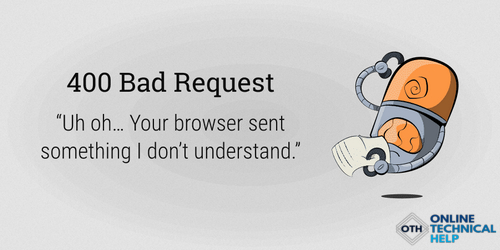
The server interprets such a request as defective and restricts the website from showing itself and also throws HTTP error 400. Each time it isn’t necessary that the program will specify the main reason of what the issue is while communication happens between a server and the browser. It just shows ‘HTTP 400 Bad Request’. This is not essential that while browsing through the web status code 400 will occur.
About status code 401
The 401 error code is an HTTP response code that indicates that the request sent could not be authenticated. An HTTP 401 represents that the resource the internet browser is trying to access is restricted and to access it, authentication is required which the client is not able to provide to the server. In the request, if the authentication credentials are included and still the server sends 401 status code then it means that the authorization for the provided credentials has been refused. The 401 HTTP status code is sent with a WWW-Authenticate header and it also contains information about how to authorize it properly.
About status code 403
HTTP 403 is a standard status code that is communicated to the client’s browser by the server. This error indicates that the access to the requested URL is blocked for the clients for some reason. The server understood the request but will not process it due to some client-related issues.
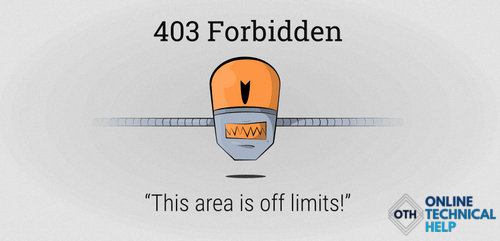
Despite the client authenticate itself, the server will not allow it to access the resources from the server. In the case of error 403, re-authenticate will make no difference because the access is permanently forbidden and is tied with the application logic, like not enough rights to access the resource.
About status code 404
In the computer network communication, error 404 means that the browser was not able to find the requested page by the client. When HTTP error 404 is thrown then it indicates that the browser was able to communicate with the server but the server was not able to fulfill the request as it was not able to find what the client was looking for. This is a reason due to which error 404 is also called 404 not found.
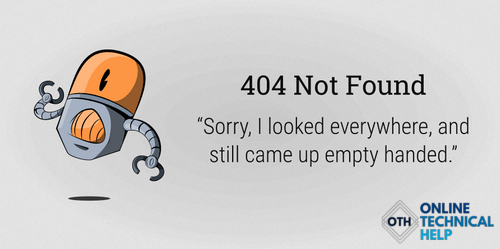
This error occurs because of the fault on the server-side. The site was moved to some other link or it has been completely removed or multiple more can be the reason for 400 bad request error. When this error emerges there is nothing much the client can do because this is a server-side issue.
About status code 500
The 5xx HTTP status codes are tossed by the server when the server experiences a startling condition that confines it from fulfilling the request of the client. At the point when the server can’t be specific about the reason, it sends 500 status code.
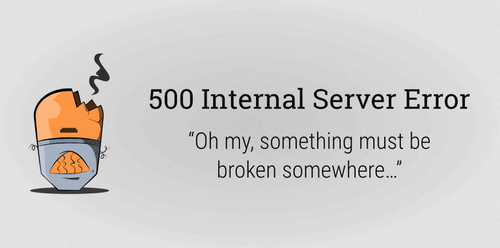
500 internal server error implies that something is not right on the site’s server yet the server cannot pinpoint the specific issue. The HTTP error 500 is also an https status code like the other https codes. The thing that differentiates it from other codes is that it describes that there is an error experienced at the server’s side and the error is general, not specific.
About status code 503
The HTTP error 503 is a status code that indicates that the server is temporarily unable to handle the request. Mostly it is due to the server being overloaded or is down for maintenance. This does not mean in any sense that the server is facing some issues but it is an indication that the server is functioning properly.
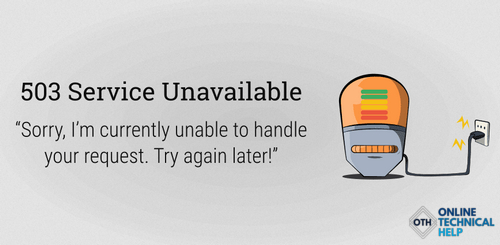
It is just that multiple requests are coming at the same time and the server is completely occupied and can not process one more request or it may be that it is down for maintenance. The server needs to keep up with its maintenance, as the business of many people relies on the servers.